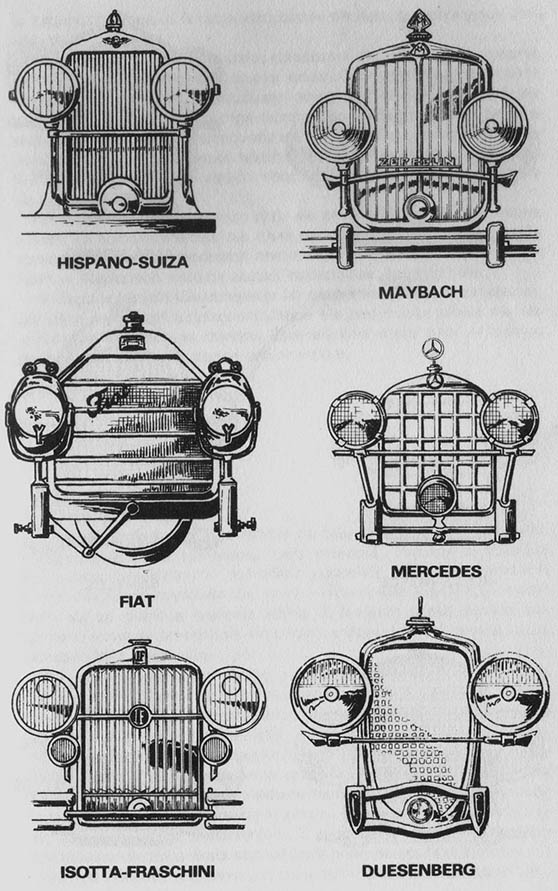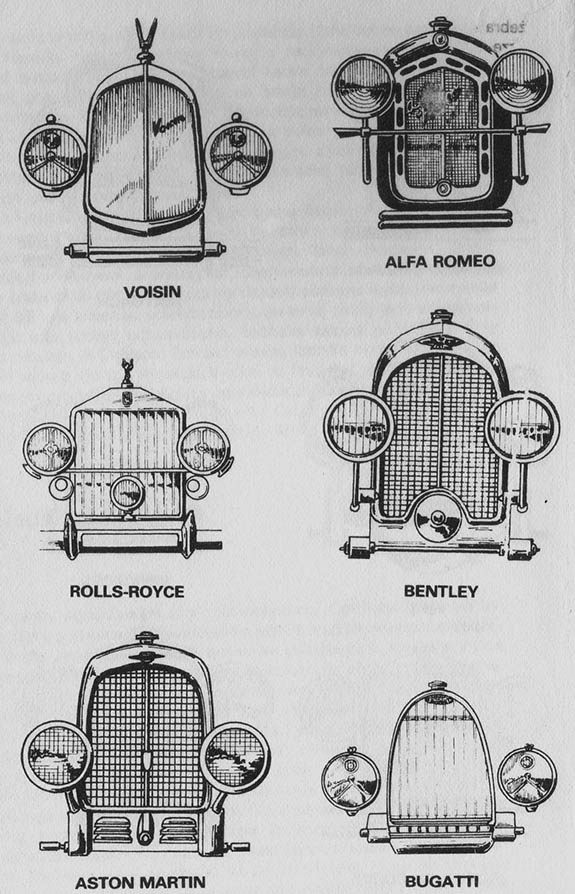Radiators in old cars.
Gottlieb Daimler's first high-speed car engine was air-cooled, at the same time, however, water cooling was tried. One of the first water cooling systems, with which the designers tried to dissipate the heat obtained as a result of fuel combustion from the engine, it used the principle of evaporative cooling. The evaporated water was drained through the labyrinth of the cooling coil to the condenser and, after cooling down, returned to the tank. The 40 liter radiator capacity was sufficient for this system 1 5 do 20 kilometers of driving.

W 1890 r. Gottlieb Daimler has found a new solution. Through the tubes of his car's frame, called Stahlradwagen, water was flowing. The water circuit was secured by a pump located between the engine and the pipe system. At the same time, many constructors: Franklin, Porsche, De Dion in inni, turned to cooling, which is still considered modern today. Wyposażyli oni umieszczony z przodu silnik w żebra chłodzące, and the cooling function is taken over by the flowing air.
Many cars had thermosiphon cooling, based on the principle of cold and hot water circulation. Later, forced refrigeration becomes the most common, where the water circulation is provided by a water pump. The conventional honeycomb radiator used in this was a feature of many such automotive brands, how: Rolls-Royce, Mercedes, Alfa Romeo, BMW, Cadillac and others, although its size decreased over time.

In America, the radiator hood has become a fashion attribute. Oldsmobile decided, that the radiator does not have to be richly silver-plated and started to use chrome in its models. The Opel brothers in Rüsselheim, Germany soon began to imitate the Americans.
Over the next several decades, the enormous coolers transformed into small, narrow cooling grids, but basically everything is left under the hood. Only the puffs of steam are gone - a typical phenomenon in old cars.